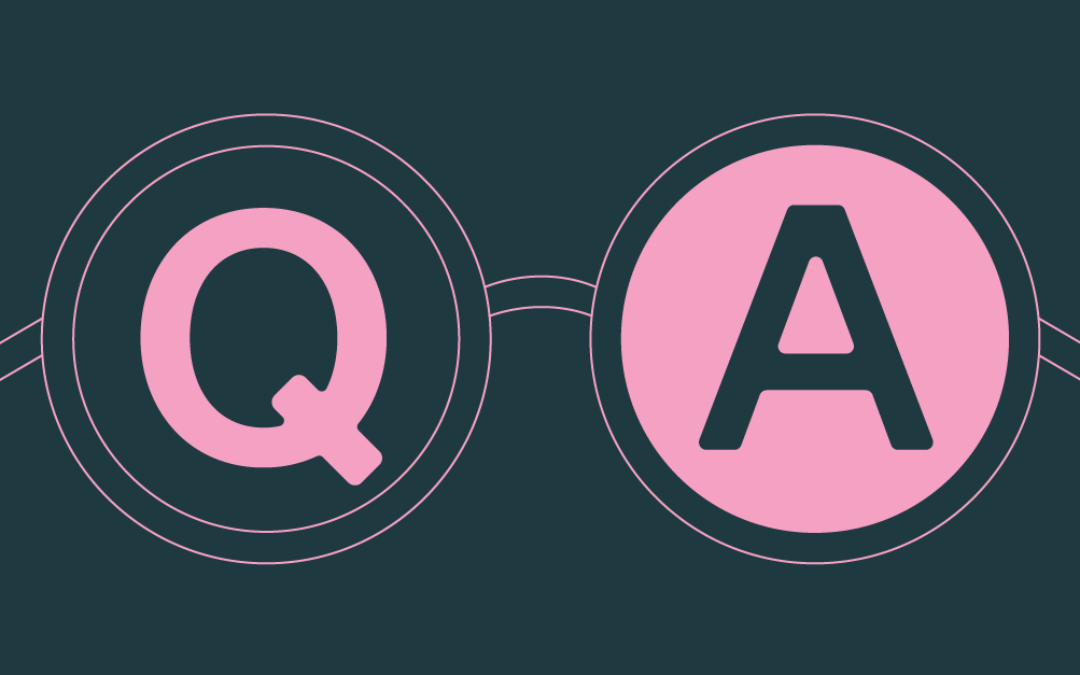As the DEI category grows larger and new entrants fight for attention, it can be hard for companies to identify the right partner for their journey of creating an inclusive workplace. Founded in 1991, Aperian is a pioneer in helping organizations develop culturally diverse teams that deliver measurable value. Trusted by over half of the Fortune Global 100, their experience serving over three million learners has driven their evolution into a data-driven, product-led company.
Emotive worked with the Aperian leadership team to redefine the company’s brand as it embraced a new strategy, refreshed its values, and developed a new visual and verbal identity to further differentiate its offering in a crowded space. As they go to market with an updated brand and story, we had a chance to chat with Managing Director of Global Marketing Sarah Cincotta to get her insights on the process of rebranding an industry leader to accelerate its growth.
Emotive Brand: There was a lot going on when you undertook this work. Your two co-founders were stepping back after decades of work to build the brand, and your two co-presidents were stepping up to face the challenges of competing in a rapidly growing space. Why was this the right time to re-examine your brand?
Sarah: The DEI landscape has really exploded over the last few years, and every indication is that it will be a growing part of the corporate culture and governance landscape going forward. This has attracted a number of new competitors to the space who are aggressively building their brands. We found that even though we have longevity and heritage in this space, our message was getting drowned out. One of the biggest assets of being an early leader is that a significant portion of our business historically has come from client referrals. But we got to the point where we were seeing business plateau, and we knew that to keep pace in this rapidly growing landscape, we needed to reposition our brand.
Emotive Brand: Aperian’s go-to-market strategy is also evolving to match the dynamics of the marketplace. How did that play into the work of updating your brand?
Sarah: Aperian offers both live training and asynchronous online learning. As our company evolved, clients began to associate the Aperian Global brand with live training and the GlobeSmart brand with our online products. The market wasn’t always aware of the connections between our offerings, and even internally we struggled to blend those sides of the business. We’ve also added other products to our portfolio during our 30 years in business, and we used the brand development process as an opportunity to unify all of our offerings under a single umbrella.
A big part of this process was building an identity around Aperian that could speak to our existing customers as well as help us build awareness in the SMB segment. With our go-to-market strategy shifting to a product-led approach, our goal was to develop a brand that could deliver a unified message across all segments. By simplifying our brand architecture, we can go to market with a suite of products rather than point solutions to meet the needs of different customers. Our new brand story also gives our sales team a better starting point for engaging customers in our portfolio. And as we get more comfortable leaning into the emotional foundations of our brand, we’re already seeing how our brand is opening the door for new types of conversations with the people we serve.
Emotive Brand: What advice would you give other companies, regardless of industry, that are operating in an increasingly competitive market?
Sarah: A great exercise would be to see how difficult or easy it is for employees across the business to articulate what makes your company different and better than everyone else. At Aperian, we had the problem of having too many reasons we could claim we were different, which is not a bad thing, but we found it prevented us from rallying our brand around a single idea that we stand for in the hearts and minds of our customers.
Emotive Brand: So what is the idea that you rallied around?
Sarah: Simply put, it’s the butterfly effect: how one small change can cause ripples that create an outsized impact. We call this The Aperian Effect, and it gets to the heart of how pursuing our mission can change a workplace, an organization, and the world for the better. After the team landed on this idea, we discovered that back in 2016, Ernie, one of Aperian’s co-founders, sent a state-of-the-union email to employees that referenced this same idea. It was a confirmation that in the process of developing a brand for our next chapter, we were staying true to the DNA that makes Aperian such a unique company.
Emotive Brand: Before partnering with Emotive, your internal team had done some work to update its brand platform. What did you discover while working with Emotive?
Sarah: Our previous work helped us align on the language of our key messages, but what was missing from our work was the emotional piece. Focusing our team on how we want our customers to feel opened up entirely new conversations about where our brand could go. Our work is intrinsically emotional, but getting intentional about creating a specific emotional space—and having the confidence to lean into it as we go to market—has made a big difference in how we’re building relationships with customers.
Emotive Brand: Aperian is blessed with a dedicated group of people who have been with the company for a long time, and a new brand represents a significant change in how a company sees itself. How did you onboard people into this process?
Sarah: There is a good reason why one of our values is, “Stay curious and keep learning.” This mindset creates the perfect opening for communicating openly and transparently about the motivations behind undertaking this work. Our management team hosted bi-monthly coffee chats where people could bring their questions, which allowed employees to learn more about the thinking that went into the new brand. We also made it clear that this was an evolution of Aperian, not a dramatic shift. And by educating our teams about brand and letting them see the iterations of the work that helped us land our new identity, they could see the care and consideration that went into the process. We have a new logo and a new color palette, which is great, but our employees also understand the why behind them.
Emotive Brand: As part of this work, the team also refreshed the language around the company’s values. Why was this important to do?
Sarah: The rebrand could have fallen flat for our employees if we hadn’t taken the time to reflect on our values. In the same way that we refreshed our brand to support our changing strategy, we agreed that our values had to shift to align our culture to our aspirations as a company. So we undertook a process to preserve the ideas core to our existing values, but to evolve them to shape the behaviors that would take us forward as a company. We articulated our new values using language that is more action-oriented, measurable, and emotional, and we’ve found this has made our values more relevant and accessible. Their language is showing up in everyday conversation. Teams are using them to ask better questions about how they can contribute. And across the company, we’re seeing how they can elevate our expectations about how we show up for each other.
Emotive Brand: Now that you’ve launched your new brand, what initial reactions have you experienced?
Sarah: The big takeaway from me, internally and externally, is that in creating a better articulation of who Aperian is and what makes us a different kind of company, we’ve unlocked a new language for sharing our story with the world. It’s a matter of simplifying so we can amplify, which in a crowded market makes a tremendous difference. We’re getting ready to roll out a campaign, and just knowing that we’ve found the right notes to hit gives us confidence that it’s going to make an impact.
Finally, the fact that our co-founders, Ted and Ernie, believe in the work we’ve done is the most important endorsement. We’re stepping into the future in a way that honors our past, which is critical to the customers and employees alike who have made Aperian a company unlike any other.







